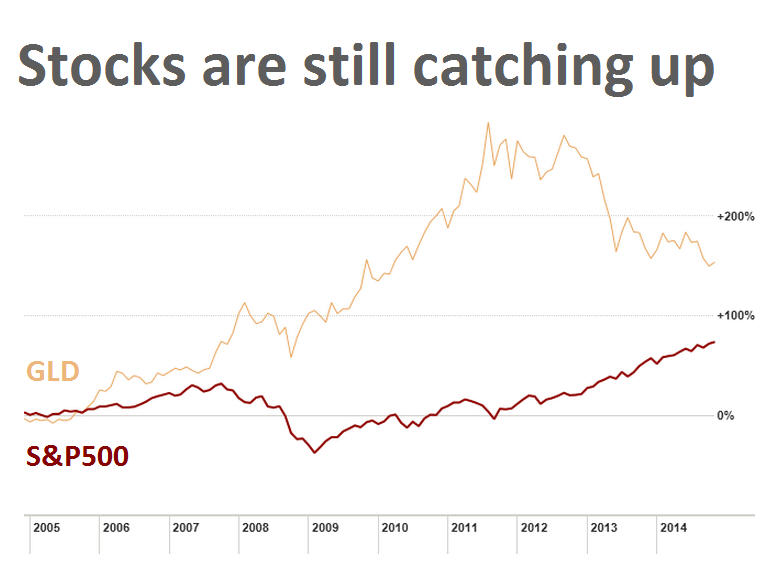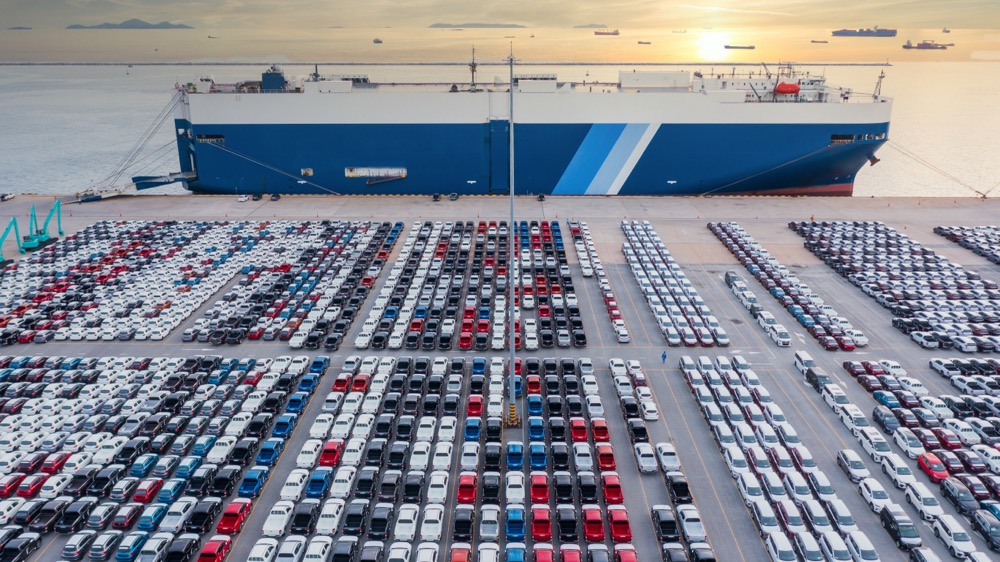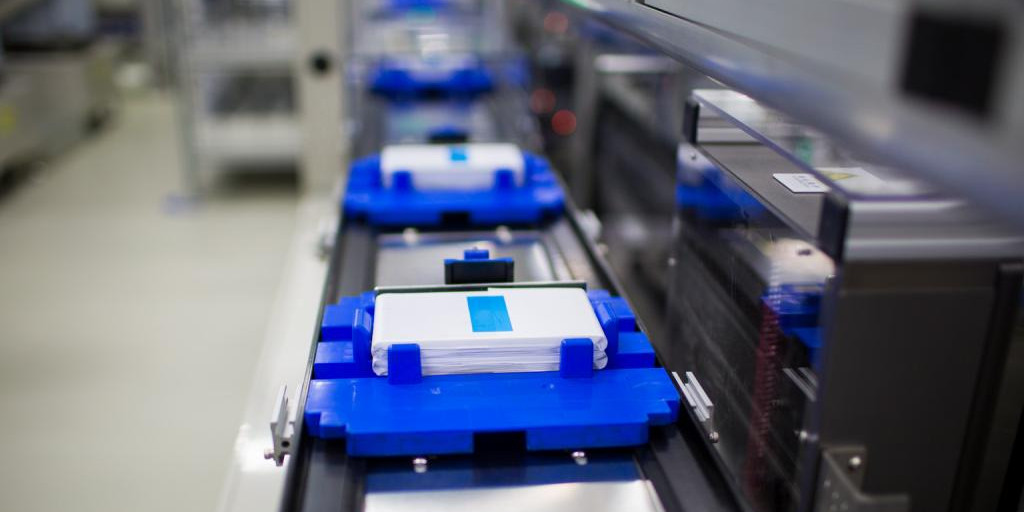World’s top gold ETF turns 10 – and returned 150%
Gold exchange traded products (ETPs), more commonly referred to as ETFs or exchange traded funds, utterly changed the market for the metal.
ETFs were credited for a big portion of gold’s uninterrupted 12-year bull run, because ETFs make it so easy to invest in the yellow metal. (And to cash out as gold’s 2013 annus horribilis so clearly showed.)
While launched a full 18 months after the first physically backed gold ETF was created in Australia, the SPDR Gold Shares (NYSEARCA:GLD) quickly dominated the market.
GLD was listed on 18 November 2004 and enjoyed a pretty good first day. Investors bought just over 8 tonnes or 260,000 ounces of gold affording the fund a net asset value of $115 million.
A mere two days later it would cross the $1 billion mark and by the time Thanksgiving arrived the following week gold bugs had snapped up more than 100 tonnes. The 1,000 tonne market would be crossed in February 2009.
On August 22, 2011 when gold was hitting record highs above $1,900 an ounce GLD briefly become the largest ETF in the world briefly surpassing the venerable SPDR S&P 500 trust at a net asset value of $77.5 billion.
Gold holdings in the trust would peak more than a year later in December 2012 at 1,353 tonnes or 43.5 million ounces, representing almost half the ETF gold held around the world.
All of that came crashing down in 2013 as the gold price plummeted and investors pulled 552 tonnes from the fund. The extent of the panic was evident by the fact that GLD had only 17 days of inflows during the entire year.
After a few false dawns in 2014 GLD is set to record a second year of losses with net redemptions of 78 tonnes as of today.
At 720 tonnes GLD’s vaults are now as empty as they were September 2008, when the collapse of Lehman Brothers sparked a global financial meltdown.
Nevertheless, those who got in on the GLD ground floor are enjoying returns in excess of 150%, while investors in the S&P 500 have to console themselves with a 72% increase.
US stocks are at record highs and eye-watering valuations while gold can now be picked up at April 2010 prices. Which has more upside from here?

Source: FT
More News
CHART: Top 20 automakers by battery metal spending
BYD’s battery metals bill was $1 billion below Tesla despite selling 2 million more EVs while GM’s per EV costs are the highest in the industry.
March 24, 2025 | 05:00 pm
CATL’s lithium partner sees swings in near-term prices
Prices of the material could swing between 65,000 and 85,000 yuan a ton, says Jiangsu Lopal Tech.
March 24, 2025 | 02:03 pm
{{ commodity.name }}
{{ post.title }}
{{ post.excerpt }}
{{ post.date }}



Comments